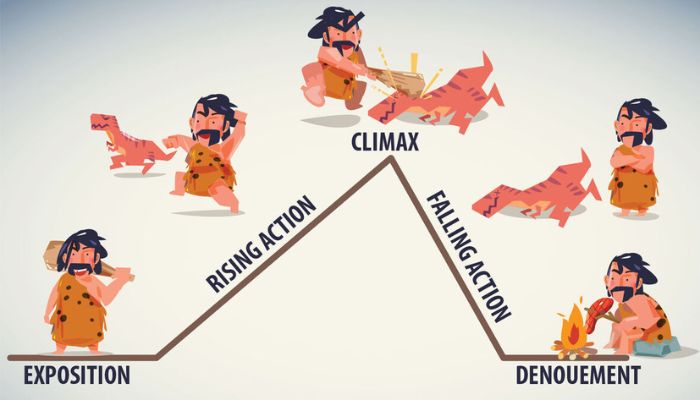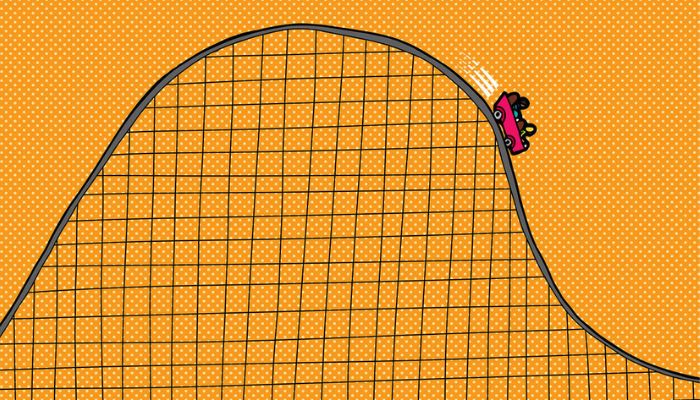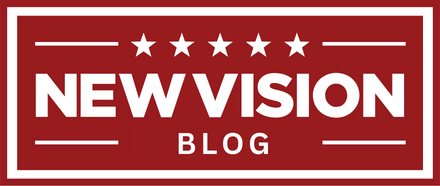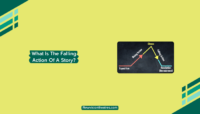Like a wave developing in fortitude and level, the rising action floods through the halls of the plot, conveying to us its exhilarating excursion. Here, characters are fashioned amid the maze of complexities and impediments, and fates are formed.
As we enter this magical land, we witness the escalation of conflicts, the heightening of the stakes, and the heroes and heroines facing the most terrifying challenges.
As we unravel the mysteries of this captivating phase, prepare to be amazed. Learn how rising action entices us to follow its enticing path toward the climactic zenith and nourishes our emotional investment. Go along with us as we explore the tricky landscape of tension, investigating the profundities of character development and the sensitive harmony between trust and sadness.
What Is Rising Action In Movies?
The rising action in movies is a crucial part of storytelling because it helps to build tension, develop the plot, and move the story along. It includes a series of conflicts and events before the story’s climax and after the introduction. The stakes are raised during this stage, inconveniences emerge, and the principal characters face heightened difficulties.

The protagonist’s progress toward their goals is typically impeded by obstacles, conflicts, and dilemmas introduced in the rising action. It fabricates tension and draws in the crowd by creating a feeling of expectation and interest. The narrative builds tension and momentum as the story progresses, propelling it toward its conclusion.
During the rising action, the primary characters go through self-awareness and change, as they are stood up to with hard decisions and should beat obstructions. Relationships may be put to the test, new characters will be introduced, and subplots will emerge, all of which will add to the story’s overall complexity.
Rising stakes and a feeling of heightening describe this stage. The protagonist’s difficulties grow in importance, and the potential repercussions of failure grow in severity. Each rising action occurrence should have a direct bearing on the overall plot and advance the story.
The protagonist confronts the central challenge or conflict at the climax, the story’s highest point of tension and conflict, resulting from the rising action. It paves the way for the story’s resolution and conclusion.
How Does Rising Action Fit Into The Plot?

The rising action heavily influences the story’s overall plot. It moves the story forward and creates tension by linking the exposition (introduction) and the climax.
Within the plot, the rising action serves multiple purposes. Most importantly, it fosters the focal clash or issue laid out in the work. It presents deterrents, entanglements, and difficulties that substitute the method of the hero’s objectives, upping the ante and making a need to get going.
Conflicts with other characters on the outside, struggles inside the protagonist, and unexpected plot twists are all examples of these obstacles.
In addition, the rising action permits character growth and strengthens their relationships. It tests the protagonist’s resilience and determination, reveals motives and desires, and offers opportunities for character development. The rising action teaches the audience more about the character’s values, strengths, and weaknesses.
Moreover, the rising action keeps up with and constructs anticipation throughout the story. The audience becomes more invested in the outcome and engaged as tension builds. This stage keeps watchers as eager and anxious as possible, anxious to perceive how the struggles will unfold and how the characters will explore the difficulties they face.
At last, the rising action prompts the peak, the pinnacle of the story’s power and the defining moment for the hero. It paves the way for the plot’s resolution and conclusion, where all of the issues are ironed out, and any loose ends are nailed down.
Without an advanced rising action, the peak would need influence, and the goal would feel sudden and uninspiring. As a result, creating a compelling and coherent plot structure relies heavily on the rising action.
Why Is Rising Action Important?

The rising action is fundamental in narrating because of multiple factors. It connects with and spellbinds the crowd, drives the story forward, and creates a feeling of expectation and pressure.
The rising action keeps the audience invested in the narrative by introducing conflicts, obstacles, and challenges that the characters must overcome. It uplifts the profound inclusion of the watchers, making them anxious to perceive how the story unfurls and how the characters explore the heightening strains.
The plot moves forward as the rising action introduces new events, problems, and dilemmas that build on the initial conflict. It keeps the story moving forward and keeps the audience interested as they follow the characters’ journey.
During the rising action, characters face progressively troublesome difficulties that test their capacities, assets, and values. This stage considers the development and change of characters, extending their intricacy and giving open doors to them to conquer their imperfections or confront their feelings of dread.
The rising action creates a feeling of rising pressure and tension, catching the crowd’s consideration. As clashes become more extreme and the stakes rise, watchers genuinely contribute and enthusiastically expect the peak, where the struggles will be settled.
An advanced rising action improves the effect of the peak. By building pressure and raising stakes, the crowd’s speculation is boosted, making the peak all the more remarkable and fulfilling when it finally shows up.
In a nutshell, the rising action is crucial because it engages the audience, propels the narrative, develops characters, increases tension and suspense, and amplifies the impact of the climax. It is an imperative part of connecting with a very much-paced story.
How To Identify Rising Action?

Identifying the rising action in a paragraph-based narrative requires attention to the events’ progression and the overall sense of escalating tension. Here’s how you can identify the rising action within paragraphs:
The rising action is marked by introducing complications and obstacles hindering the protagonist’s progress. Identify paragraphs that describe conflicts, challenges, or unexpected events that create setbacks or difficulties for the main character.
As the rising action unfolds, the stakes increase and the consequences of failure become more significant. Look for paragraphs that indicate a sense of urgency, where the protagonist faces greater risks, or where the potential impact of their actions is emphasized.
The rising action often involves an escalation of conflicts. Look for paragraphs that depict conflicts becoming more intense, with characters facing more formidable opponents or engaging in more significant confrontations.
The rising action allows for the development and growth of characters. Pay attention to paragraphs that delve into the thoughts, emotions, and motivations of the protagonist or other key characters. Look for paragraphs that depict character transformation or pivotal moments that shape their journey.
The rising action generates a sense of rising tension and momentum as the story progresses. Identify paragraphs that elicit a feeling of anticipation, suspense, or curiosity. Look for paragraphs that build upon previous events, leading to escalating tension.
By closely analyzing the progression of events, the introduction of complications, the heightening of stakes, the conflicts, the character development, and the overall sense of rising tension, you can identify the rising action within paragraphs and better understand how the narrative is advancing.
Frequently Asked Questions:
The film “The Dark Knight” illustrates rising action. As the Joker unleashes devastation on Gotham City, Batman faces heightening difficulties. One eminent scene includes the Joker catching Harvey Imprint and Rachel Dawes, the old flame of both Batman and Mark.
The escalating tension becomes clear as Batman is forced to make a difficult choice and ultimately chooses to save Rachel. However, Batman is unaware that the Joker has tricked him into saving Dent instead of Batman. This occasion ups the ante, develops the contention, and increases the story, making way for the climactic standoff between Batman and the Joker.
Falling action alludes to the period of a story that happens after the peak and before the goal. It includes the situation and outcomes that develop as an immediate consequence of the peak. The story’s intensity decreases during this phase, and loose ends are gradually tied up.
The falling action frequently incorporates the fallout of the peak, the goal of outstanding contentions, and the last person’s advancement. It gives the conclusion to the account, permitting the crowd to observe the results and outcomes of the peak and brings the story towards its decision.
Conclusion
As we reach the end of our exploration into rising action, we are filled with a renewed appreciation for its significance in storytelling. The rising action, that captivating force that propels the narrative forward, is the lifeblood of suspense and tension.
Throughout our journey, we have witnessed how the rising action breathes life into characters, pitting them against escalating challenges and forcing them to confront their deepest fears. We have marveled at the complexities of the plot as obstacles and complications arise, raising the stakes and keeping us on the edge of our seats.
Hi! I am Nabieha Khusro, a content writer and voracious reader with a passion for creating compelling and engaging content. I have 3 years of experience writing for various industries, including fashion, education, and creative content writing. When I am not writing, I enjoy playing my ukulele and trying new cuisines.






